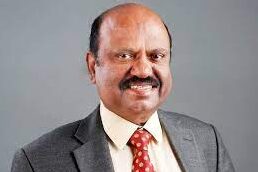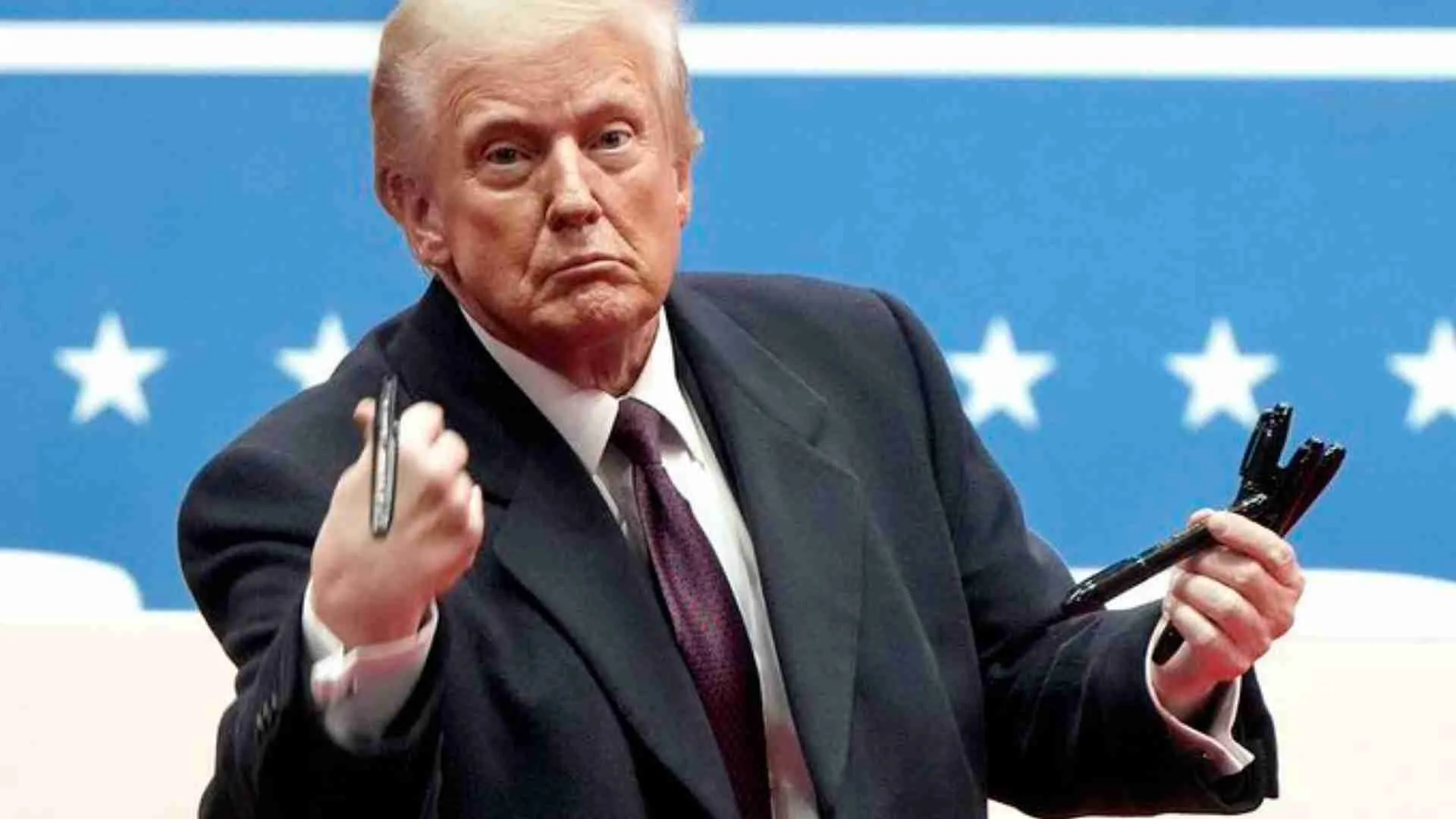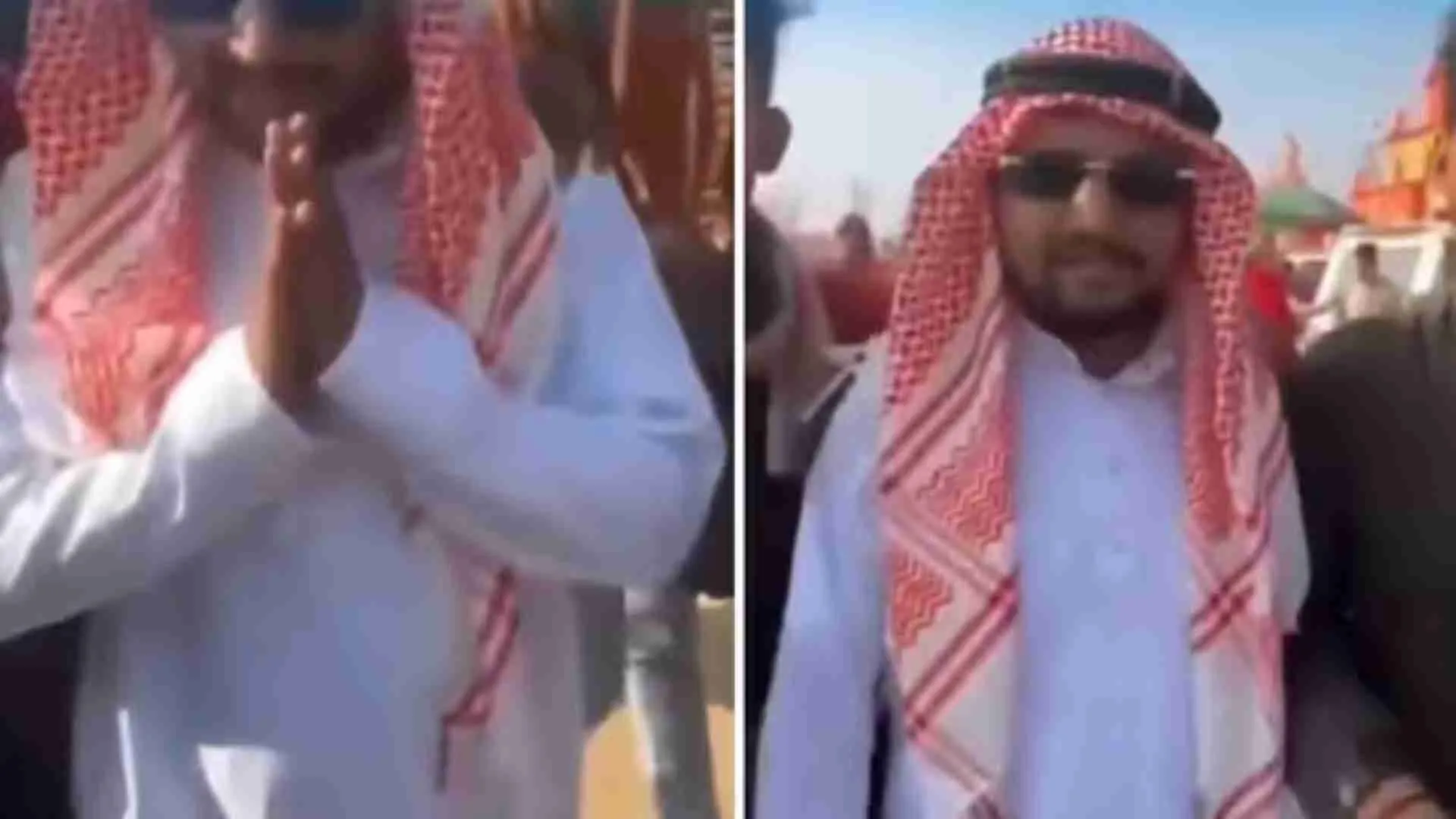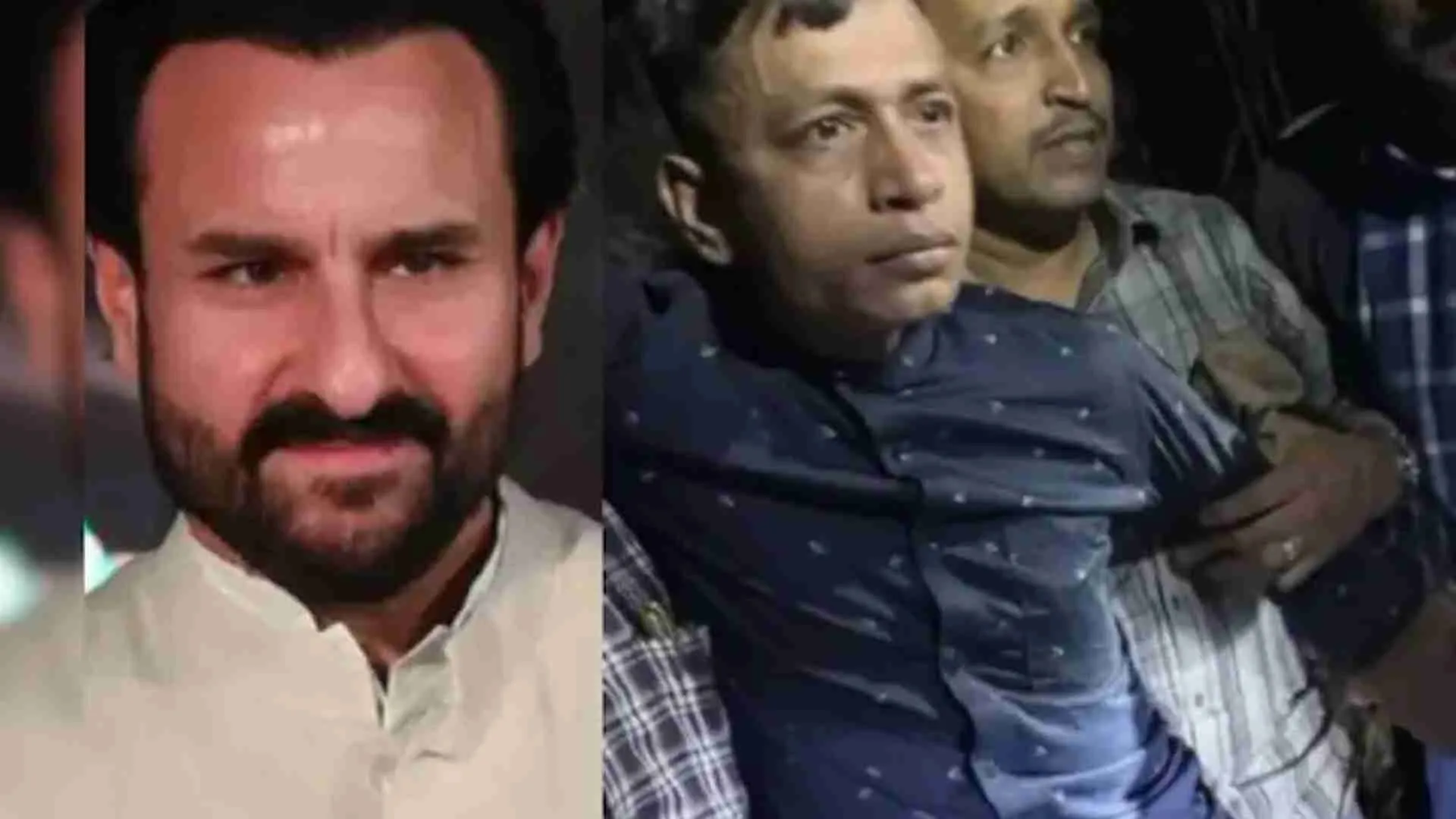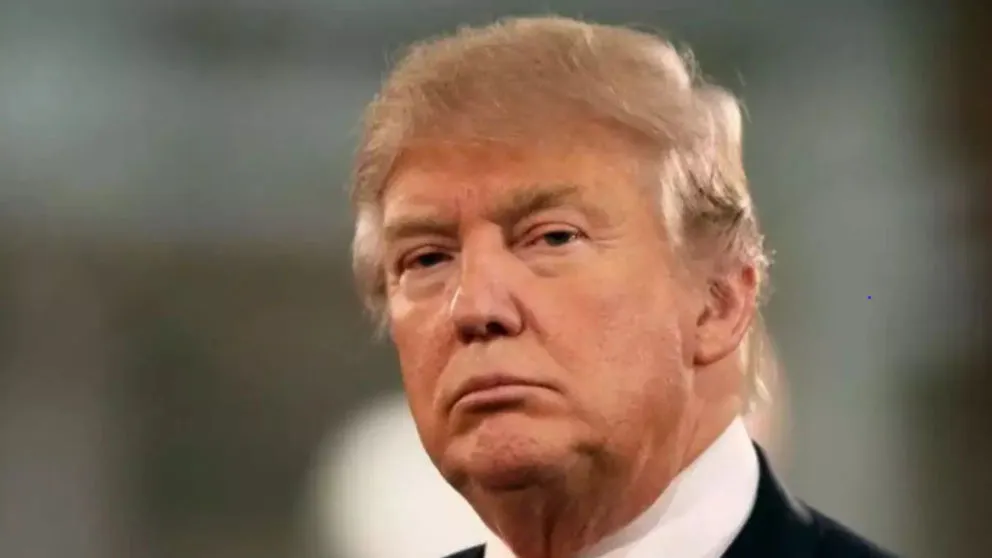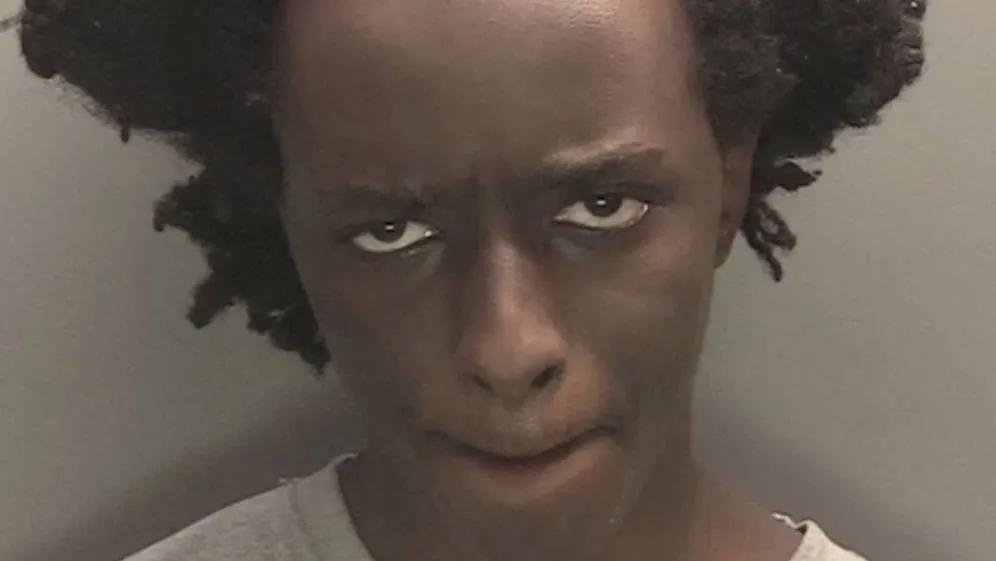As the July 8 rural polls approach in West Bengal, increasing political violence underlines the state’s troubled history with political unrest, with factors such as economic conditions and protracted single-party rule playing a significant role.
In the lead-up to the three-tier panchayat polls, the volatile state has seen ten deaths and multiple injuries due to partisan clashes and attacks on political rivals. This continues a pattern of violent elections, with previous polls in 2003, 2013, and 2018 yielding significant death tolls.
Long-term analysts and former bureaucrats suggest the state’s politics have shifted over the past five decades from ideological to class-oriented, contributing to the growth of violence used by parties to control territories rather than establish principles.
“The panchayat elections are about more than victory or defeat; they’re a matter of livelihood and economic survival for many in West Bengal,” comments political scientist Maidul Islam, underscoring the impact of unemployment and lack of industrial development in the region.
The fallout from West Bengal’s political instability extends beyond violence. Recent instances include the Trinamool Congress (TMC) candidate submitting fraudulent nomination papers while on a Hajj trip to Mecca. The Calcutta High Court has since ordered disciplinary action against the official who accepted this unlawful nomination, calling for further investigations into the matter.
Despite these challenges, West Bengal DGP Manoj Malaviya maintains the state’s law and order are under control, attributing recent incidents to stray occurrences rather than a broader issue. He promises to provide a more comprehensive report after the polls.
Meanwhile, escalating tensions have led to the TMC filing a complaint against Governor Dr. CV Ananda Bose, accusing him of bias and interfering in the election process. The TMC alleges that the Governor, in his criticism of the election process and the State Election Commission, is implicitly supporting the opposition Bharatiya Janata Party and portraying the existence of a “parallel government”.
This political unrest emerges from a backdrop of past movements and power dynamics that have left lasting imprints on West Bengal’s political landscape. From the Tebhaga Movement in 1946, through the food and students’ movements of the late ‘50s and early ‘60s, to the Naxalite movement in 1967, the state’s history is marked by periods of intense violence and discord.
Despite parties recognizing the need to end this legacy of violence, the blame game continues unabated. Opposition parties have accused the TMC of using strong-arm tactics and disrespecting democratic processes, leading to lawlessness. In turn, the TMC blames opposition parties, citing the lessened violence compared to previous regimes and shifting the focus to the Left’s alleged role in institutionalising violence.
With the elections just around the corner, around 5.67 crore electorates will exercise their franchise to choose representatives for nearly 74,000 seats in zilla parishads, panchayat samitis, and gram panchayats, hoping for a peaceful resolution amid the state’s tumultuous political scene.

